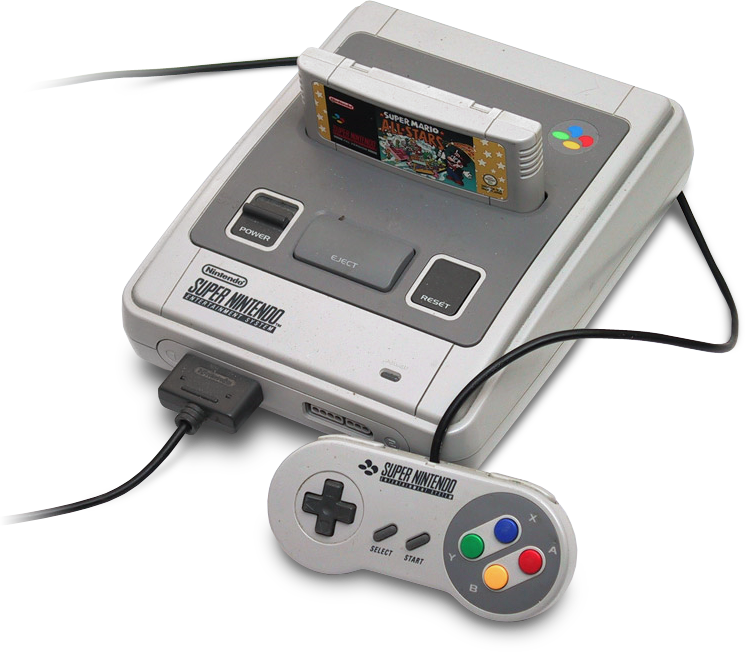Key Players
Does Sega Really Do What Nintendon't?
☰Links
Sega Megadrive / Sega Genesis
The Sega Genesis, known as the Mega Drive outside North America, is a 16-bit fourth-generation home video game console developed and sold by Sega.
The Genesis was Sega's third console and the successor to the Master System. Sega released it in 1988 in Japan as the Mega Drive, and in 1989 in North America as the Genesis. In 1990, it was distributed as the Mega Drive by Virgin Mastertronic in Europe, Ozisoft in Australasia, and Tec Toy in Brazil. In South Korea, it was distributed by Samsung as the Super Gam*Boy and later the Super Aladdin Boy.
Designed by an R&D team supervised by Hideki Sato and Masami Ishikawa, the Genesis was adapted from Sega's System 16 arcade board, centered on a Motorola 68000 processor as the CPU, a Zilog Z80 as a sound controller, and a video system supporting hardware sprites, tiles, and scrolling. It plays a library of more than 900 games on ROM-based cartridges. Several add-ons were released, including a Power Base Converter to play Master System games.
Super Nintendo Entertainment System/ Super NES/ SNES
The Super Nintendo Entertainment System (SNES), also known as the Super NES or Super Nintendo, is a 16-bit home video game console developed by Nintendo that was released in 1990 in Japan and South Korea, 1991 in North America, 1992 in Europe and Australasia (Oceania), and 1993 in South America. In Japan, the system is called the Super Famicom (SFC). In South Korea, it is known as the Super Comboy and was distributed by Hyundai Electronics. The system was released in Brazil on August 30, 1993, by Playtronic. Although each version is essentially the same, several forms of regional lockout prevent the different cartridges from being compatible with one another.
The SNES is Nintendo's second programmable home console, following the Nintendo Entertainment System (NES). The console introduced advanced graphics and sound capabilities compared with other systems at the time. The system was designed to accommodate the ongoing development of a variety of enhancement chips integrated into game cartridges to be competitive into the next generation.
Bitter Rivalry
At the time of the Sega Genesis' launch, Nintendo had near total dominance of the home game console market thanks to the runaway, analyst-defying success of the Nintendo Entertainment System (NES). The Genesis launched in close timing with NES-successor SNES, and it ran with marketing campaigns like "Genesis Does What Nintendon't," stoking the flames for decades of console wars to come, for better or for worse.
☰ Links



